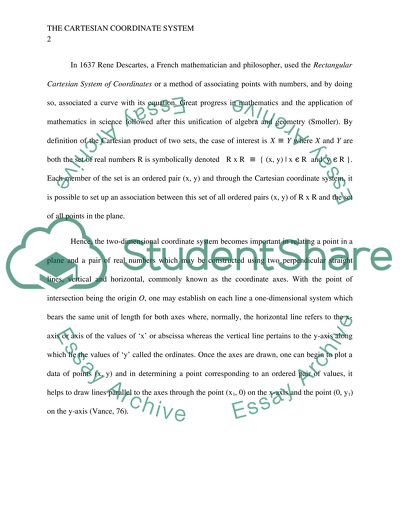Cite this document
(“The Cartesian Coordinate System Research Paper Example | Topics and Well Written Essays - 1250 words”, n.d.)
Retrieved de https://studentshare.org/mathematics/1444768-the-cartesian-coordinate-system
Retrieved de https://studentshare.org/mathematics/1444768-the-cartesian-coordinate-system
(The Cartesian Coordinate System Research Paper Example | Topics and Well Written Essays - 1250 Words)
https://studentshare.org/mathematics/1444768-the-cartesian-coordinate-system.
https://studentshare.org/mathematics/1444768-the-cartesian-coordinate-system.
“The Cartesian Coordinate System Research Paper Example | Topics and Well Written Essays - 1250 Words”, n.d. https://studentshare.org/mathematics/1444768-the-cartesian-coordinate-system.


